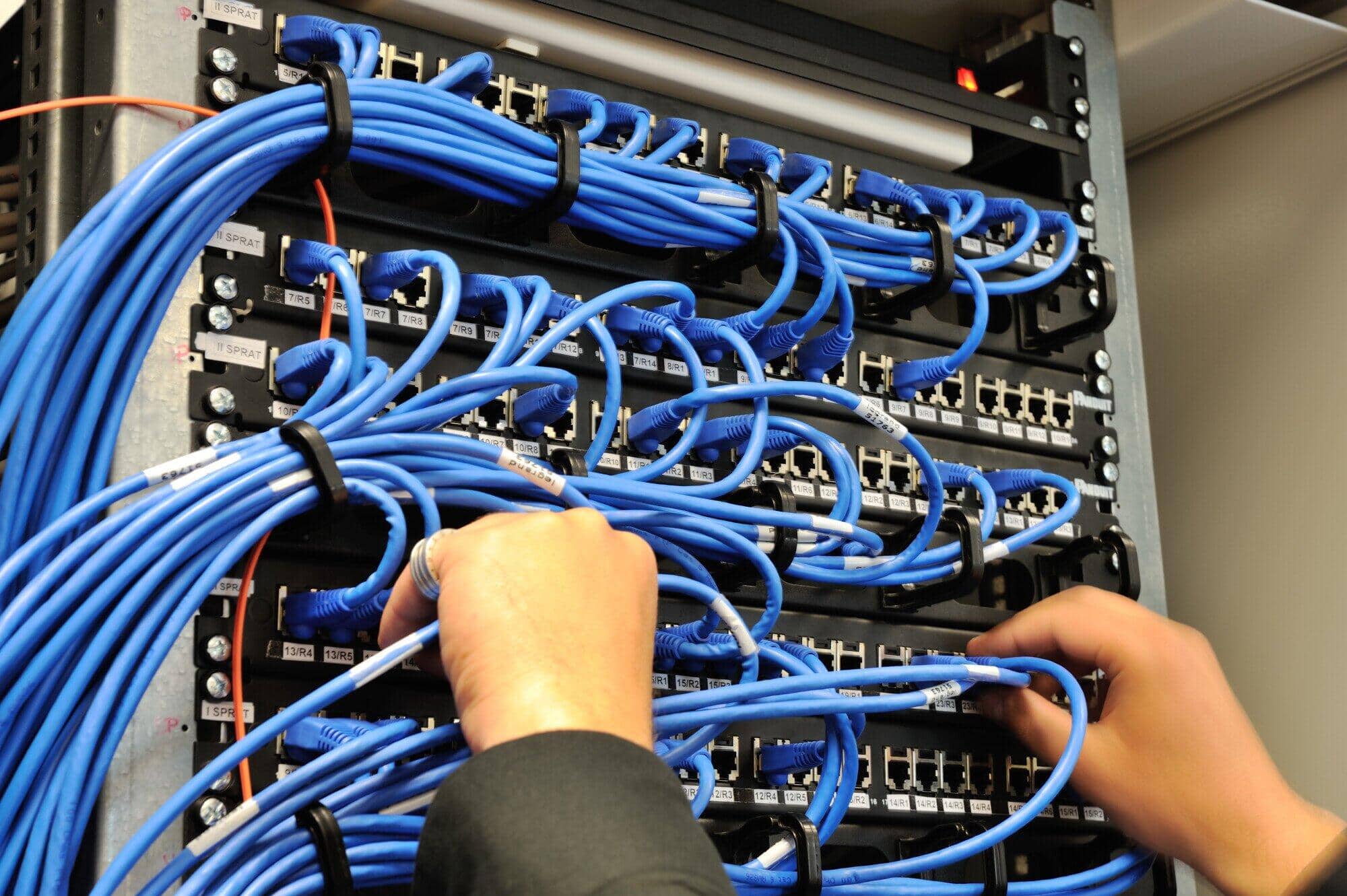Have you ever faced connectivity issues in your home or office, leading to frustration and lost productivity? The culprit often lies in the overlooked foundation of our digital lives: structured cabling.
This hidden network of cables is the lifeline that powers our connected world. It ensures seamless communication between the internet and devices. Understanding the components of a structured cabling system is about unlocking the potential of your living or workspace to handle today’s demands and tomorrow’s innovations.
With this article, you’ll discover how a well-designed structured cabling system can transform your approach to connectivity to make it more robust, scalable, and efficient. Dive into the world of structured cabling and see how it lays the groundwork for a future-proof digital environment.
The Essentials of Structured Cabling Systems
A structured cabling system is the backbone of any building’s communication infrastructure. It’s a complete system of wiring and related hardware that provides a comprehensive telecommunications infrastructure.
This infrastructure serves a wide range of uses. These include:
- Transmitting data through a computer network
- Providing telephone service
Unlike a traditional wiring system, a structured cabling system is highly organized and designed to be flexible to changes, additions, and moves.
One of the key benefits of a structured cabling system is its ability to support multiple voice, data, video, and multimedia systems. It includes a variety of types of structured cabling, each designed for specific communication needs.
For example, fiber optic cables are used for high-speed data transmission over long distances. Cat 6 cables, on the other hand, are suitable for high-speed internet and internal network connections in a building.
When installing structured cabling, professionals follow strict standards for cabling installations. These standards ensure that the structured cabling system is reliable, scalable, and efficient.
They also make it easier to identify and solve issues, as the entire system is methodically organized. This organization is crucial for businesses and homes alike. It supports the technology we rely on every day.
Entrance Facilities
The entrance facility is where the structured cabling system begins. It’s the point at which the external cabling, such as cables from the telephone company or internet service provider, enters the building.
This component is critical because it connects the outside world to the internal network. It must be securely designed to protect against environmental threats and ensure reliable connectivity.
The design of entrance facilities includes physical protection measures to guard against environmental damage and unauthorized access. For example, cables might be enclosed in protective conduits, and the entry points sealed against moisture and pests.
Equipment Rooms
Equipment rooms are the central hubs where the heart of a structured cabling system lives. These rooms house the major equipment that powers, protects, and connects the network’s various components.
Think of them as the brains of the operation, where servers, switches, and patch panels work together to manage data flow throughout the building. These rooms are designed with careful attention to detail. They ensure that every piece of equipment has its rightful place.
This organization is crucial for easy maintenance and future upgrades. The layout of an equipment room must account for proper ventilation to keep equipment cool, as overheating can lead to malfunctions.
With structured cabling options, the setup in these rooms can be tailored to meet the specific needs of a building, whether it’s a small office or a large commercial facility.
Backbone Cabling
Backbone cabling is the backbone of the structured cabling system. It’s the critical infrastructure that connects entrance facilities, equipment rooms, and telecommunication rooms within a building or across a campus.
Backbone cabling handles the major traffic of data, voice, and video. It’s like the main highway for information traveling to and from various parts of the network.
These cables are typically thicker and more robust than other types. They’re designed to cover long distances and carry large amounts of data.
Horizontal Cabling
Horizontal cabling stretches from the telecommunication rooms to individual outlets or work areas within a floor. It’s the link that brings the network’s capabilities right to the user’s workspace.
This part of the structured cabling system might run above ceilings, below floors, or through the walls. They connect devices like computers, phones, and printers to the network.
Installing structured cabling with care is vital here. The path and length of horizontal cables need to be planned to minimize interference and signal loss.
Telecommunications Room
The telecommunications room is a crucial part of any structured cabling system. It acts as a nerve center where all the cabling networks within a building come together.
This room contains the equipment that connects different parts of the building to the outside world. It can include:
- Servers
- Patch panels
- Switches
The telecommunications room is essentially the heart of a building’s communication system. It distributes data, voice, and video services to every corner.
The design and setup of this room are vital for the smooth operation of the network. Everything must be organized and accessible to easily manage connections and troubleshoot any issues that arise.
Work Area Components
Work area components are the points where users interact directly with the structured cabling system. This includes things like wall sockets, patch cables, and connectors that link computers, phones, and other devices to the network.
These components might seem small, but they’re essential for ensuring that the network serves its purpose effectively.
In the context of structured cabling for homes, these elements are designed to blend seamlessly into the living space while providing reliable connectivity. It’s all about making the technology work for the user to ensure that it’s there when needed without being intrusive or complicated.
Empowering Connectivity for Tomorrow
Throughout this exploration of structured cabling, we’ve unveiled the critical components that make up the backbone of any efficient, reliable network infrastructure. From entrance facilities to work area components, understanding structured cabling is essential for anyone looking to enhance their connectivity and prepare for the future.
At Briggs A/V Solutions, we pride ourselves on our expertise in designing and implementing structured cabling systems that stand the test of time. Our certified technicians are dedicated to customizing solutions that meet your specific needs to ensure your space is not only connected but optimized for performance. Contact us today to request a free consultation.






